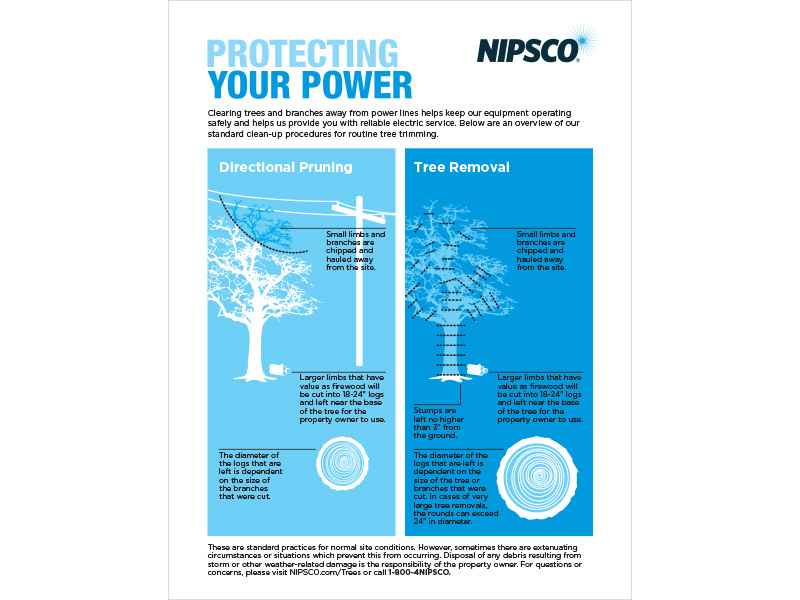When it involves seasonal tree care, guaranteeing correct management before and after elimination can significantly influence the wellness and aesthetic appeals of your landscape. By recognizing the necessary actions involved in evaluating tree health and getting ready for removal, you can proactively safeguard your property. However what concerning the vital techniques to adhere to once the tree is gone? Remain tuned to discover the important post-removal care actions that will certainly assist you grow a successful and sustainable setting for your trees.
Pre-Removal Tree Treatment
Prior to attending to the removal of a tree, it's essential to prioritize pre-removal tree care. Begin by examining the game tree nz and structural integrity. Search for indicators of illness, insect infestations, or any kind of architectural concerns that might pose a safety and security danger throughout removal. It's vital to seek advice from a certified arborist to determine the very best course of action.
Pruning dead or diseased branches can protect against more damage to the tree and ensure a smoother elimination process.
Furthermore, take into consideration the environmental impact of getting rid of the tree. Trees play an essential role in our ecosystem, so planting a new tree in an appropriate location can help balance out any type of loss. mouse click the up coming website that you have the necessary permits and authorizations for tree removal, particularly if the tree is safeguarded by neighborhood policies.
Seasonal Maintenance Tips
Analyzing your tree's needs throughout the year is critical for its wellness and long life. To maintain your trees in leading condition, follow these seasonal maintenance suggestions.
In springtime, concentrate on pruning to get rid of dead or damaged branches and urge brand-new growth.
Summer requires normal watering, especially throughout droughts, to guarantee your tree stays hydrated.
As fall methods, keep an eye out for early indicators of disease or stress, and take into consideration using mulch to shield the roots during winter season.
In winter months, be cautious when eliminating snow from branches to prevent breakage, and remain to monitor your tree's general wellness.
Remember to adjust your treatment regular based upon the details needs of your tree varieties and neighborhood climate. By remaining alert and aggressive throughout the seasons, you can help your trees thrive and prosper for several years ahead.
Post-Removal Tree Treatment
To guarantee the wellness of your landscape also after tree elimination, correct post-removal treatment is essential. After a tree is eliminated, it's important to load the continuing to be hole with topsoil and small it to prevent settling. This will aid preserve the honesty of the ground and protect against possible dangers in the future.
Think about planting new vegetation instead of the gotten rid of tree to bring back the equilibrium and aesthetic appeals of your landscape. On a regular basis water the location to advertise the growth of brand-new plants and protect against dirt erosion.
Evaluate the bordering trees for any type of indications of disease or anxiety that may have been caused by the removed tree. Watch out for parasites that could've been attracted to the previous tree and take preventive measures to protect the remaining greenery.
If needed, talk to a professional arborist to analyze the influence of the removal on the bordering trees and figure out any type of additional care needed. By adhering to these post-removal care steps, you can make sure the ongoing wellness and appeal of your landscape.
Conclusion
Finally, positive seasonal tree care is important for preserving the health and equilibrium of your landscape. By evaluating tree health and wellness, pruning, and seeking advice from an arborist prior to elimination, you can make sure a secure procedure. After elimination, loading the hole, growing new greenery, and routine watering will advertise new development and protect against disintegration. Remember to check bordering trees for disease and seek additional treatment measures from an arborist to maintain your landscape flourishing.
